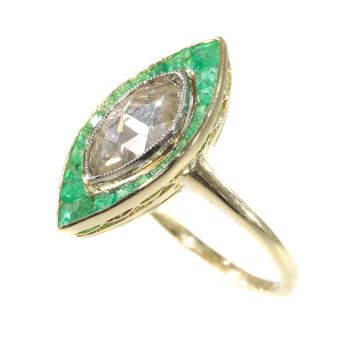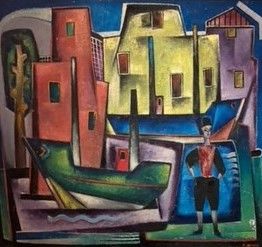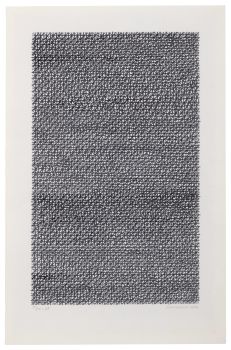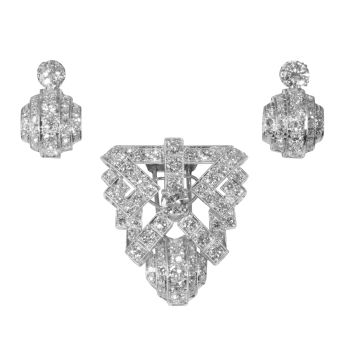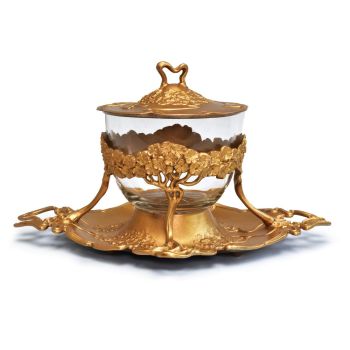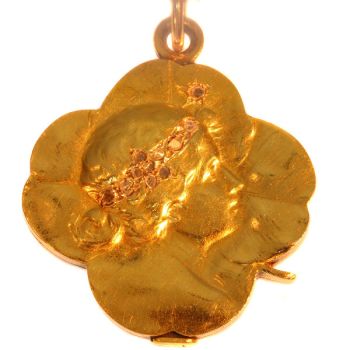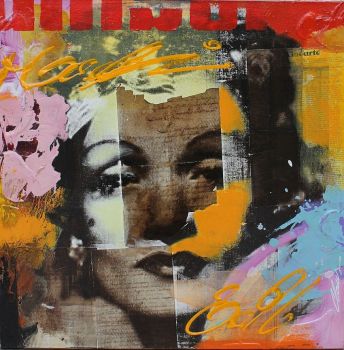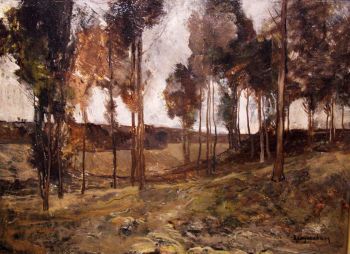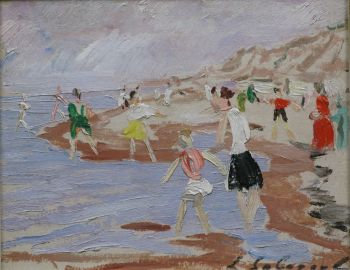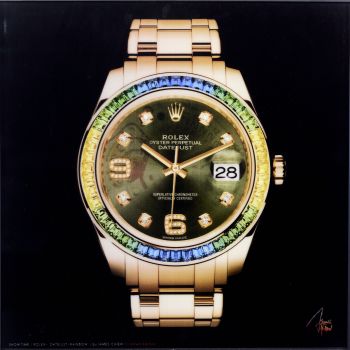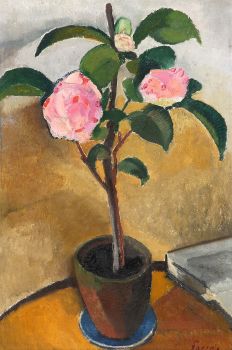About the artist
Médard Verburgh was the youngest of a family of spice merchants and shopkeepers in Roeselare. He studied at the Klein Seminarie and began working as an apprentice to the decorator Emiel Duyvewaardt in 1899. At the same time, he developed his artistic talents at the local Academy of Architecture and Drawing, where he was a classmate of Alfons Blomme. In 1907, he moved to Brussels, where he worked as a decorator during the day and took classes at the Royal Academy of Fine Arts in the evenings.
During his Brussels period, Verburgh developed an impressionist style. In 1913, he won an art prize, which enabled him to visit Italy. This trip brought him into contact with Rik Wouters and led to an evolution towards Brabant Fauvism, with a more cheerful and colourful palette. In 1919, he married Berthe Kestemont, who became his muse and model.
From 1924 to 1928, Verburgh lived in Ostend, where he became acquainted with artists such as Constant Permeke. This period marked his transition to an expressionist style, with fishing scenes and seascapes as his favourite subjects. He then left for New York, where the urban environment with skyscrapers and straight streets formed a new source of inspiration. His colour palette became more subtle and softer.
After his time in America, Verburgh settled on the Spanish Balearic Islands, first in Ibiza and later in Mallorca. The Mediterranean environment strongly influenced his work, resulting in a warmer and brighter colour scheme. In 1948, he returned to Belgium with his family, where he continued to paint for the rest of his life.


